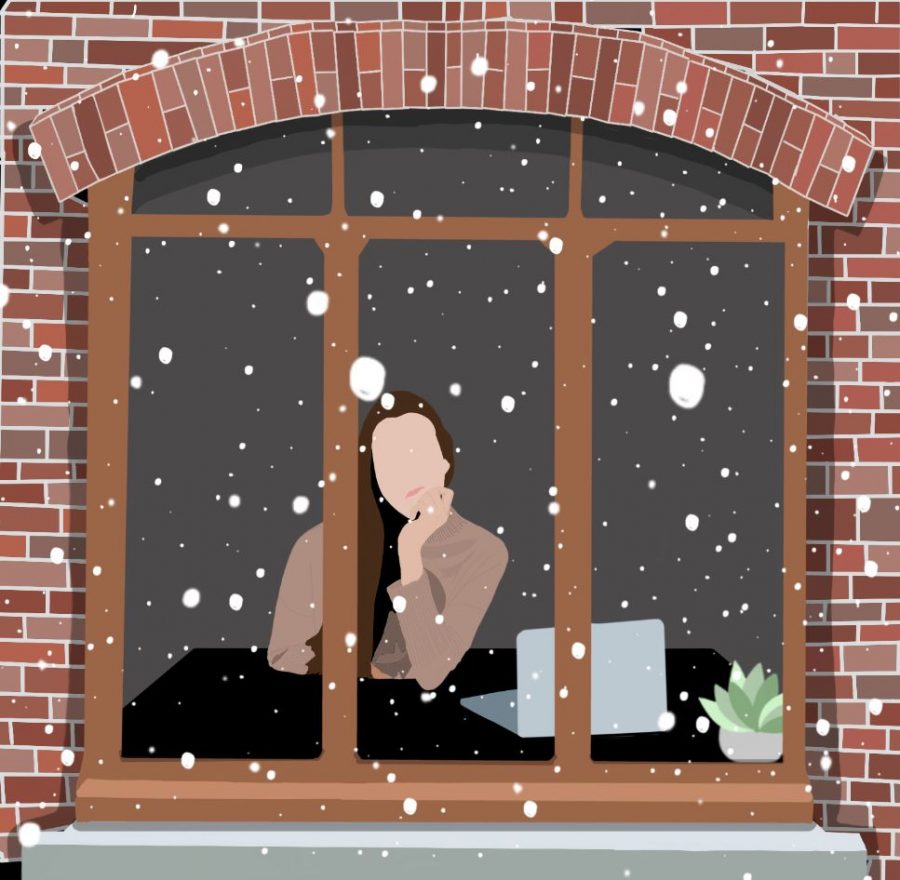Seasonal Affective Disorder And Staying Healthy During The Winter Season
December 3, 2021
Winter in Minnesota is well underway. The season is delightful in many ways, from holidays to winter sports to snowy landscapes. Despite the great things that winter has to offer, the colder temperatures and shorter days bring additional considerations regarding well-being. Jonna Hirsch, the psychologist at Minnetonka High School, gave advice on how students can best care for their mental health this winter.
“The biggest risk that comes with the shortening of the days and the colder temps is that people tend to withdraw socially,” she said. “They just pull back and lose some relationships and [participate in] less activities, and this can lead to increased symptoms of depression and anxiety.”
Seasonal Affective Disorder (SAD) is a type of depression that is caused by the lack of sunlight during the winter months. It is common in areas that receive low levels of light in the winter and affects over three million people a year.
“[SAD] can really change our sleeping patterns and our energy levels,” Hirsch said. “We tend to oversleep during this time. We tend to cozy up in bed, which is great, but it’s important to get into a routine to make sure we’re getting enough sleep but not oversleeping.”
Hirsch noted that sleeping in cooler temperatures can improve sleep quality. She emphasized the importance of eating properly, drinking enough water, staying active and spending time with friends and family.
“If that low mood or low energy or difficulty concentrating is happening constantly or students are having concerns about wanting to harm themselves, they should seek the help of a therapist or medical professional,” Hirsch said. “We all have tough days and cold winters, but if it’s going on for extended periods of time and interfering with the things you enjoy, then you should talk to a trusted adult like counselors, parents, teachers or doctors.”
The National Institute of Mental Health is a great resource for students with questions about SAD. The National Alliance on Mental Illness is another mental health resource, and Change to Chill is a local organization that helps youth manage stress and anxiety.
When asked what she enjoys doing in the winter, Hirsch said she loves “a warm fire and board games, playing cards, reading books, and being with other people.” She also mentioned sledding and tubing as outdoor activities.
“Don’t be afraid to talk to people; don’t be afraid to rely on friends a little bit,” Eli Hansen, ‘23, mentioned. “Especially [if] it’s a chemical thing, you don’t get much vitamin D, you can get in that mental state where everything is dark, that’s the most important time to reach out and make sure you have a support system.”
Furthermore, Hansen advised his fellow students to “make sure [they’re] paying attention to [their] mind and bodies” and to “eat healthy and drink healthy so [they] don’t get dehydrated…wear warm clothes, and always be prepared for the weather.”






























